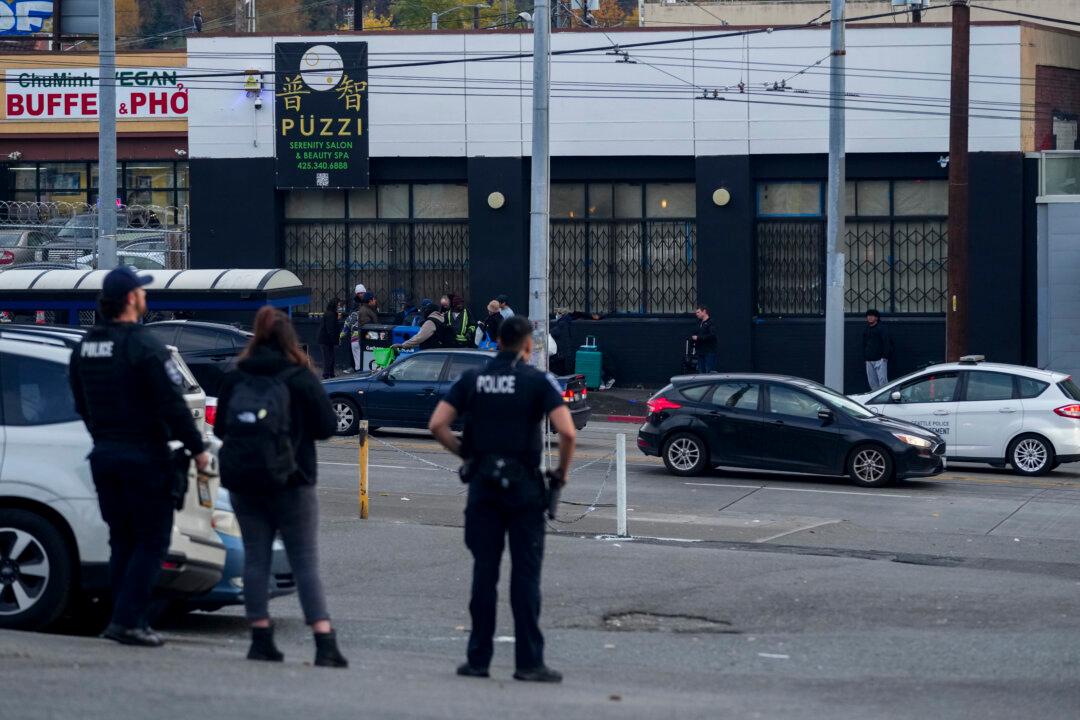U.S. travel agencies have seen about 61 percent fewer people at security checkpoints last year compared to 2019 statistics when about 824 million passengers were screened nationwide.
The administration reported the lowest travel volume on April 14, when only 87,500 passengers passed throughout all TSA checkpoints nationwide, amounting to just 4 percent of the passenger volume on the same weekday in 2019.
The airline travel industry saw an increase again around the summer-period, which is also historically the busiest time of the year, the TSA said. Between Thanksgiving and New Year’s Eve, it saw another climb.
“Average travel volume per day between Thanksgiving and New Year’s Eve in 2020 continued to fluctuate between a low of 24 percent and a high of 61 percent of 2019 travel volume during the same period,” according to the TSA statement.

TSA added that they anticipate “daily travel volumes will continue to rise steadily and follow seasonal patterns,” adding that the agency “expects volume will remain well below pre-pandemic levels through most of 2021.”
“TSA modified security checkpoint procedures around the country to reduce physical contact and help protect workers and passengers. The agency accelerated deployment of acrylic barriers and technologies that enhance security and reduce touchpoints throughout the checkpoint,” the statement reads.
Last year, a total of 6,873 acrylic barriers were installed by the TSA at 384 airports nationwide. Those plastic-style barriers were broadly recommended by the U.S. Centers for Disease Control and Prevention and the World Health Organization.
The agency also placed more than 311 computed tomographies (CT) units at 135 airports, “giving TSA officers the ability to review a 3D image of a passenger’s bags,” resulting in a reduction of employees having to search travelers’ bags.

The technology deployments also resulted in the installation of 927 credential authentication technology (CAT) units at 125 airports, eliminating the need for travelers to physically give their photo identification to TSA officers.
Airlines for America, an industry trade group, said U.S. airline passenger volumes were down 57 percent over 2019 levels in mid-December, with domestic travel down 56 percent and international air travel down 66 percent.
Major airlines lost more than $36 billion in the first nine months of 2020 but Congress has approved $15 billion in new payroll assistance as part of a CCP virus relief package to keep thousands of aviation workers on the payroll through March 31.
The U.S. Transportation Department said in December that U.S. passenger airlines as of mid-October employed 9.1 percent fewer full-time equivalents employees versus the prior month to 368,162—down 36,707 jobs in a month and down 91,871 since mid-March.
Business travel remains especially hard hit. Planes are on average just 61 percent full compared with 89 percent in the same week last year, while non-U.S. citizen travel to the United States was down 84 percent in November.
U.S. travel to and from 14 of the 20 top foreign country destinations were down 90 percent or more in October.





